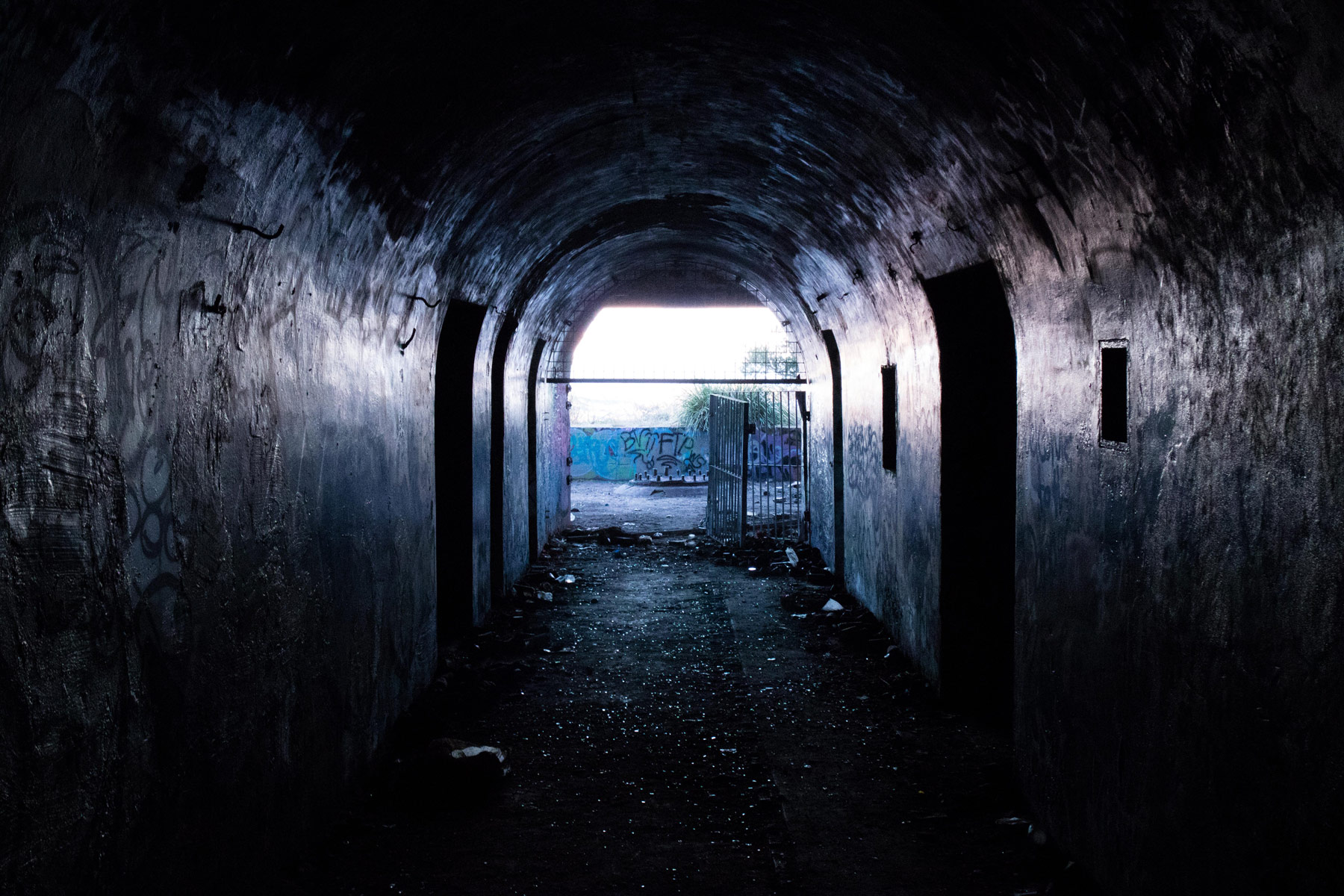
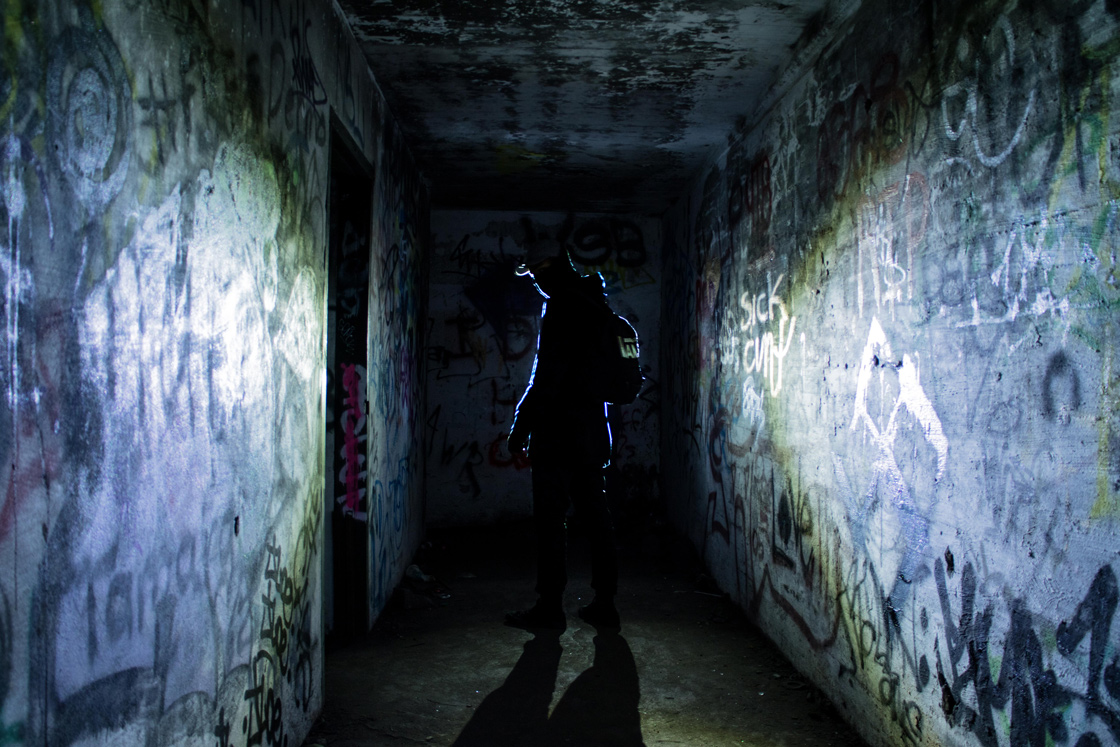
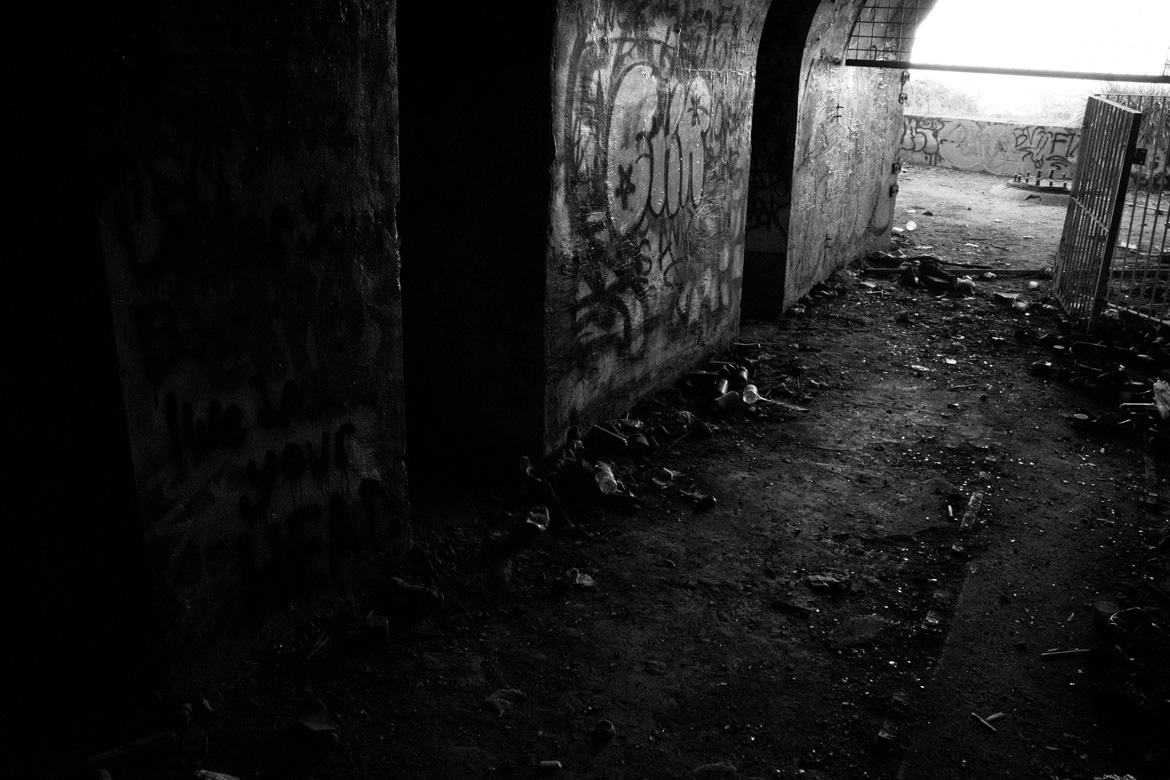
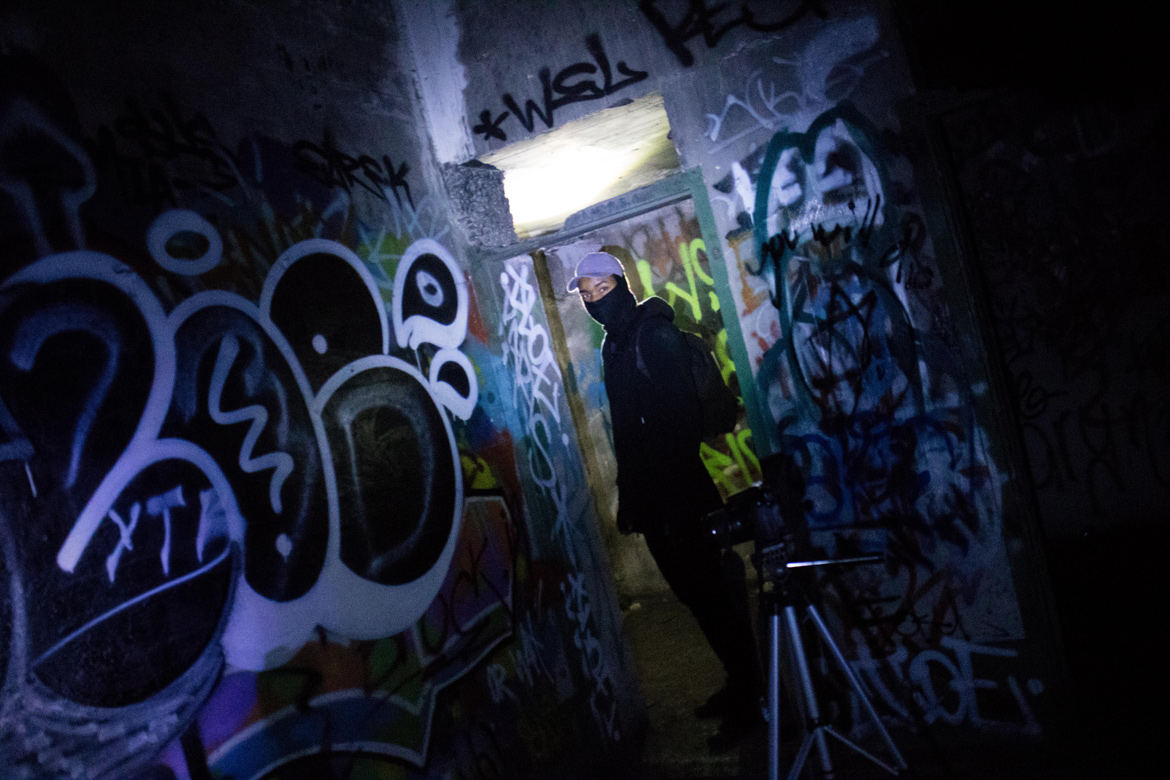
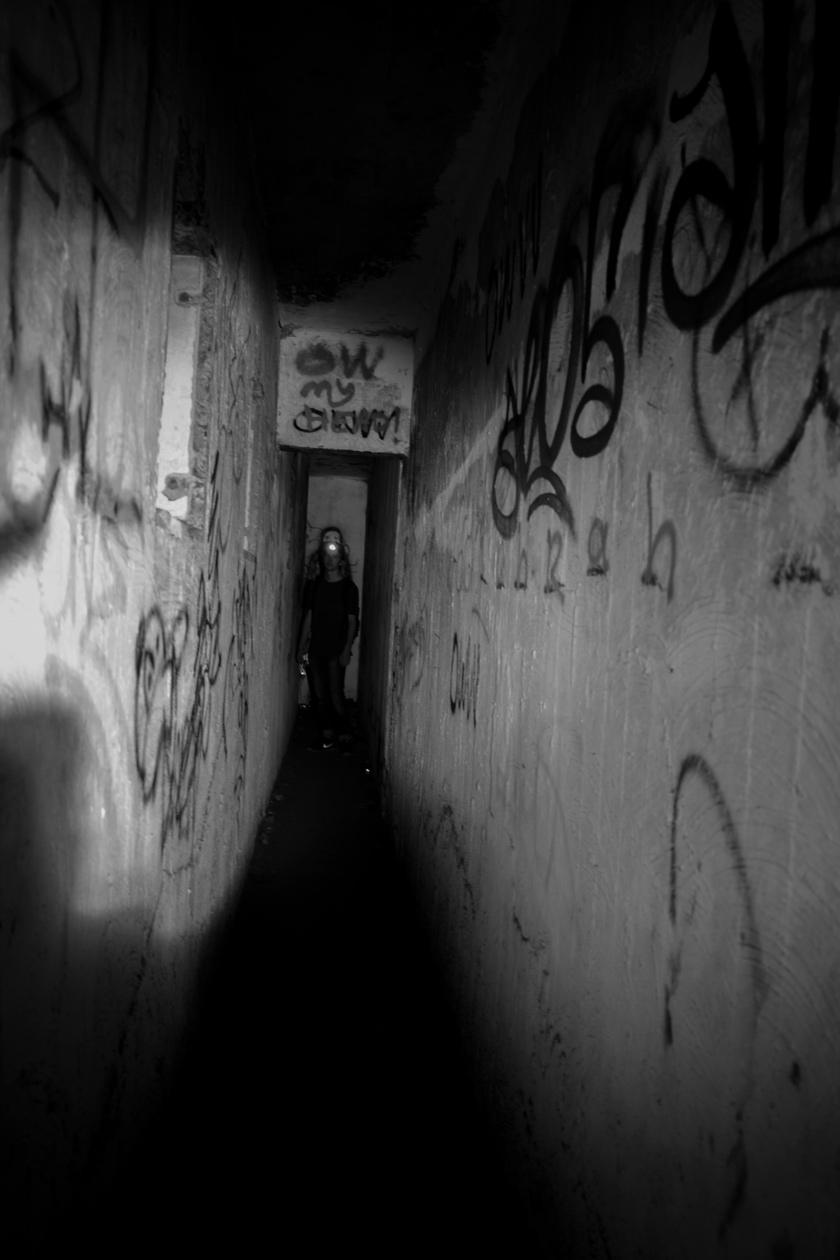
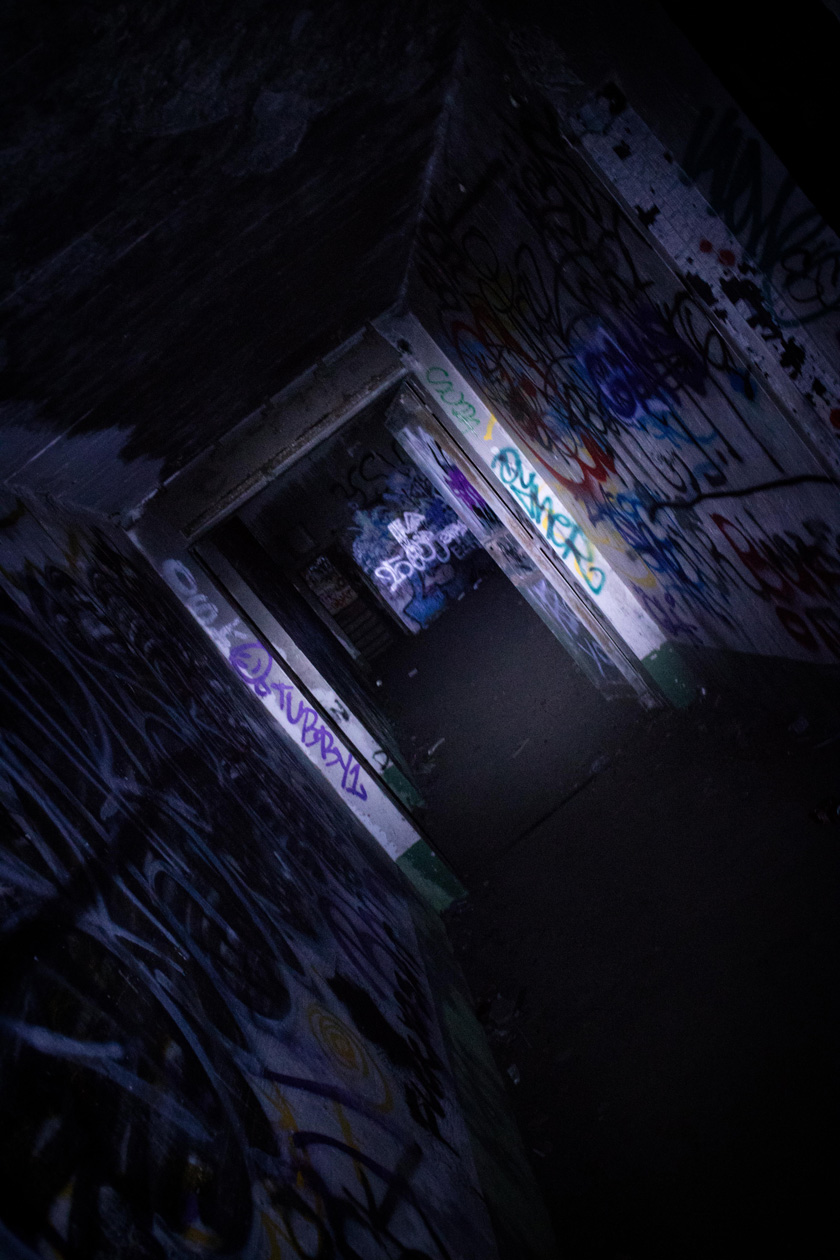
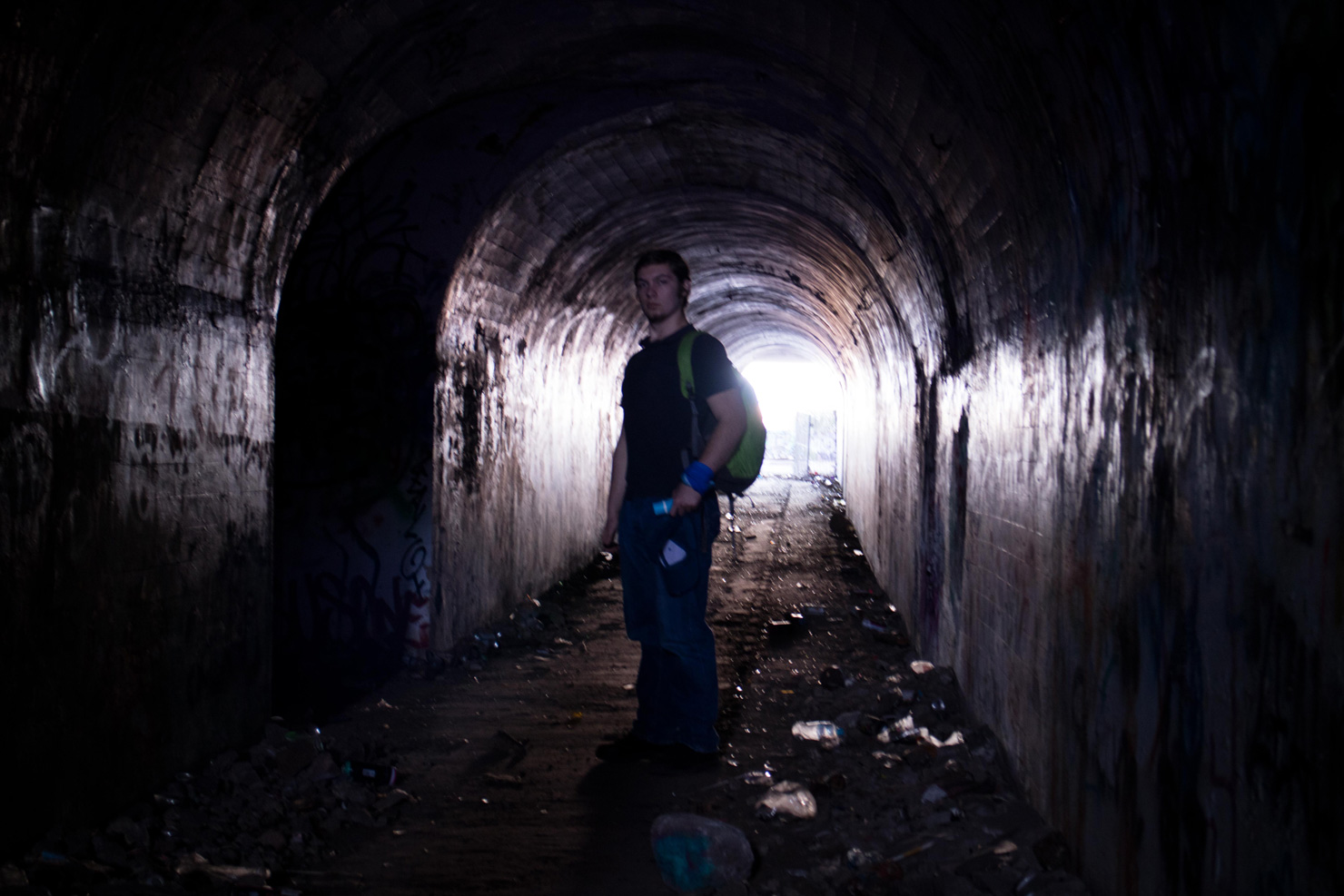
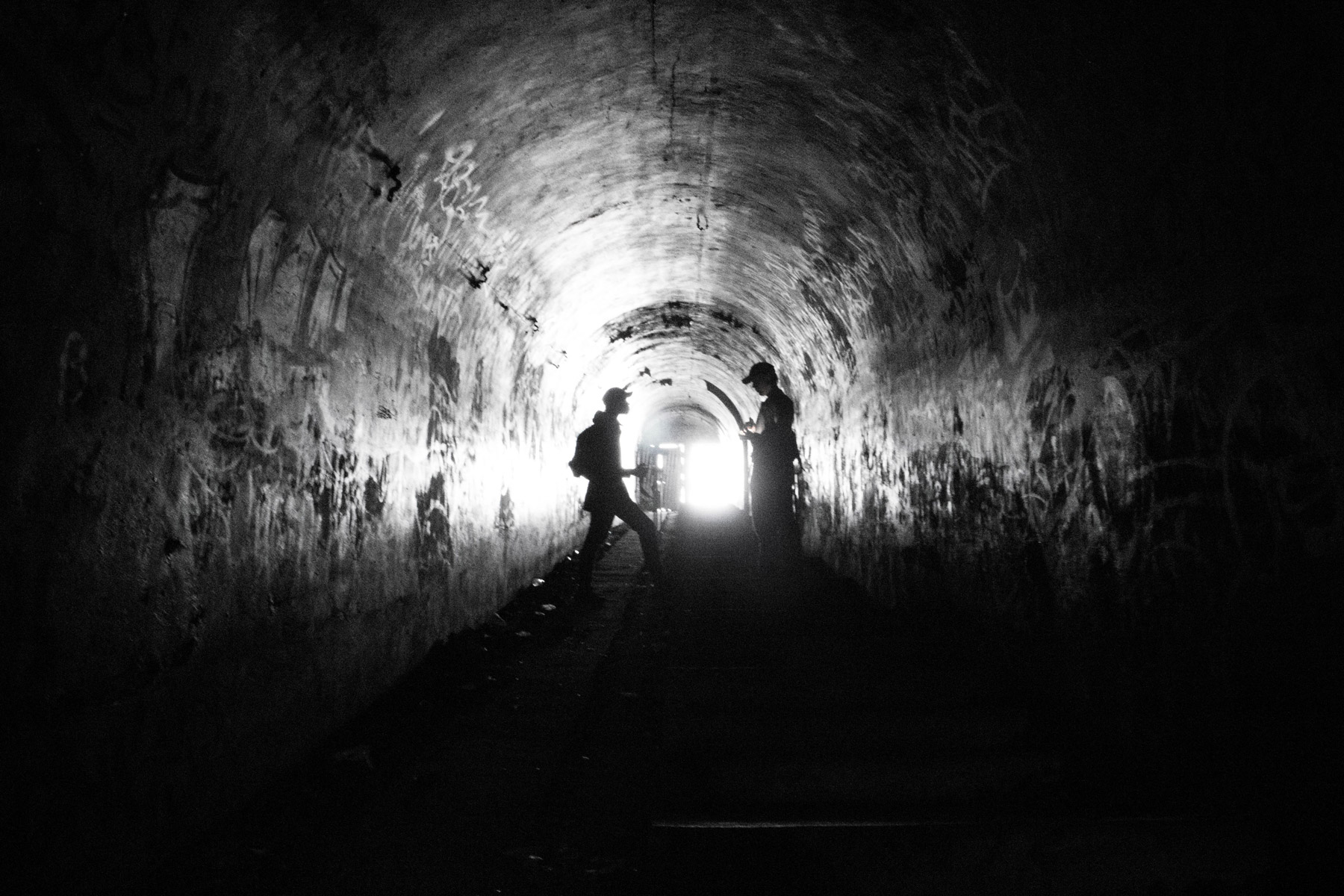
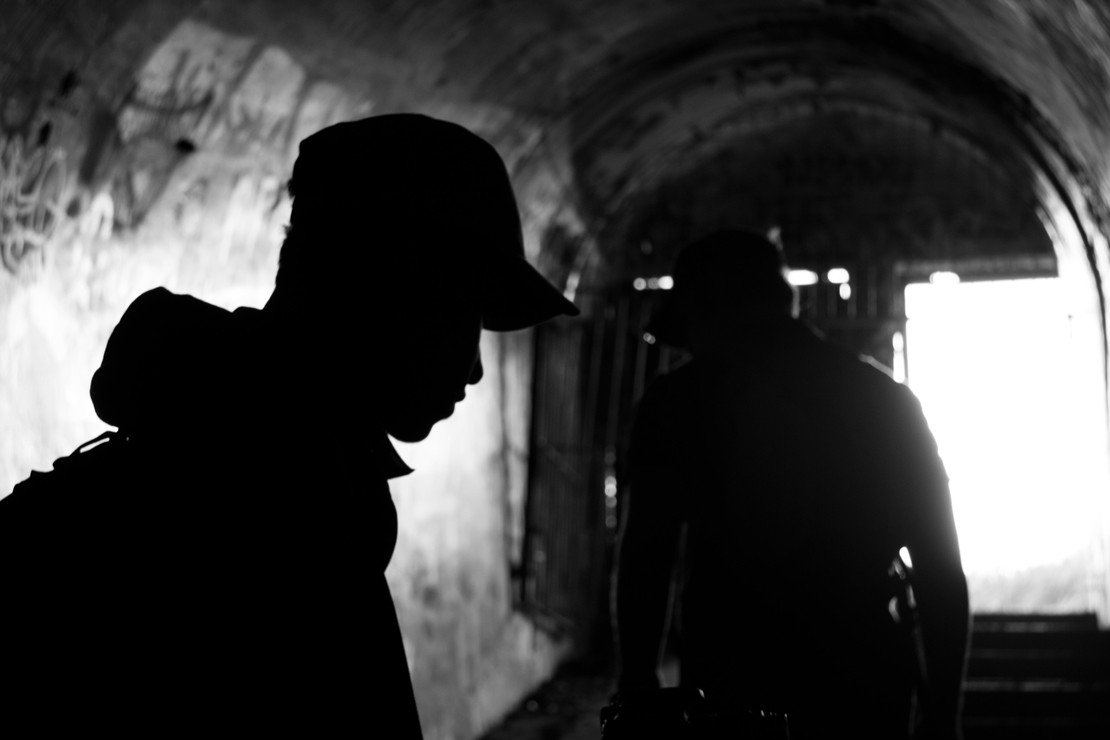
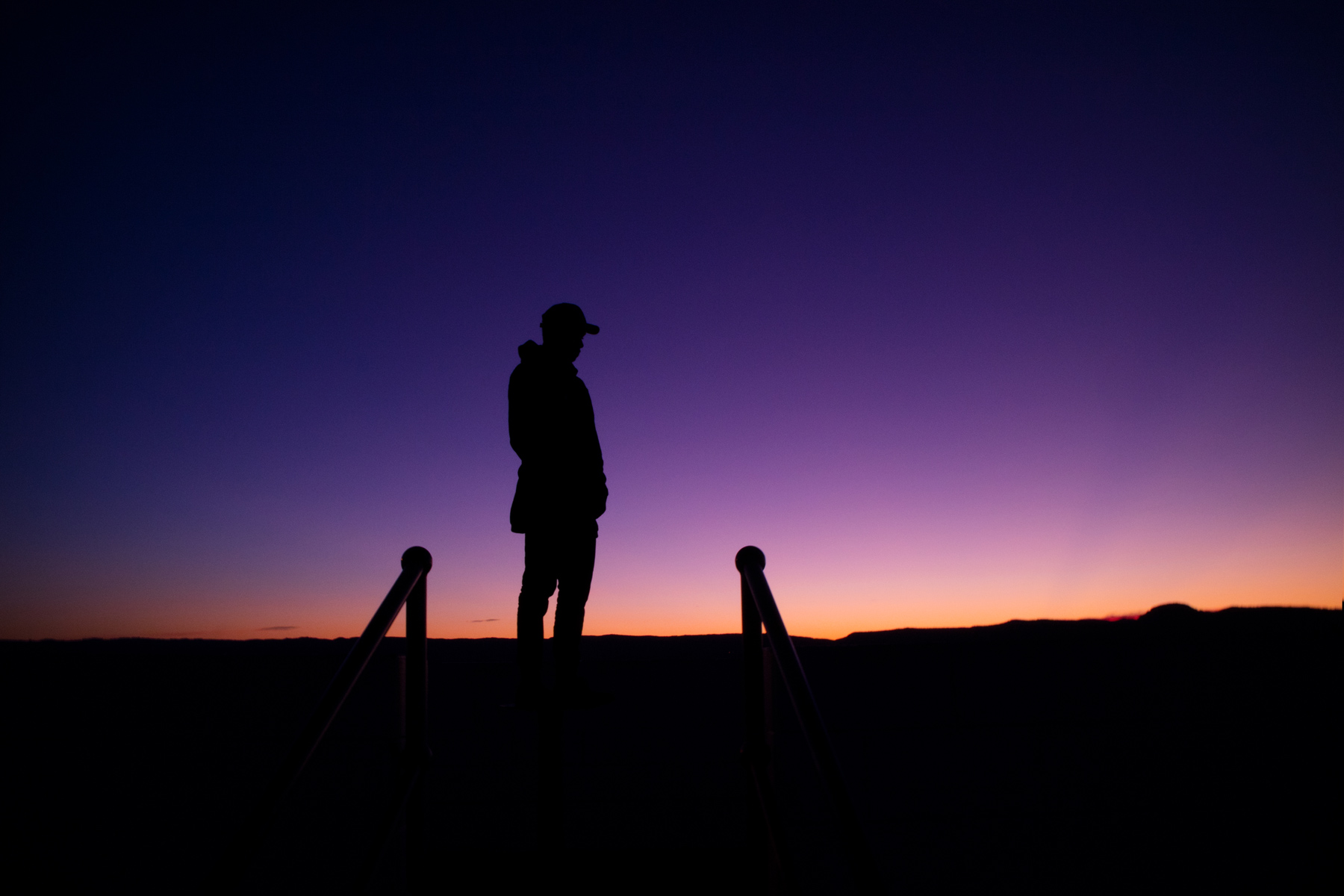
Throughout the years the council and many individuals have attempted to restrict access to these tunnels. However, these efforts have been largely unsuccessful as the hill continues to be a haven for those who make the journey.
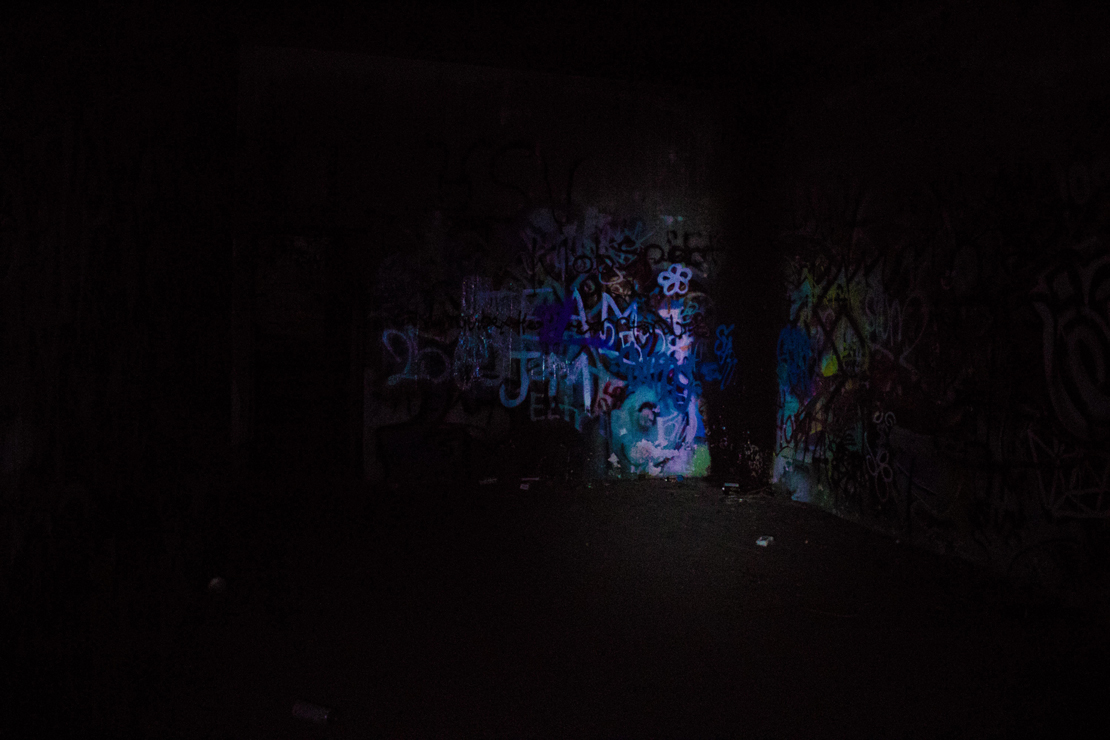
Hill 60 has many faces. Ask the locals and they’ll paint a vivid, often contrasting picture of this historic site. From accounts of illegal raves, drugs, and the occult to its wartime role as a military stronghold, Hill 60's narrative is a shrouded tapestry waiting to be unraveled by those brave enough to venture into its underground chambers.
Located on Australia's east coast, an hour and a half south of Sydney, Hill 60 was once a sanctuary for the indigenous Dharawal people. Perched high above the surrounding lands and overlooking the ocean, it remained their home until 1942 when they were forcibly relocated to make way for the Illowra Battery.
The defensive military station bisected the hill, replacing the natural landscape with tunnels, trenches, and housing for its crews, eventually earning the moniker "the control center of the Kembla fortress". Positioned within were two 50-caliber high-velocity BL 6-inch Mk XI naval guns, poised to guard the port and bays below. But with the end of the war three years later the guns were dismantled, and the fortress abandoned.
Inside the hill, the air hangs heavy, and words linger with a low, residing hum. Turning off the main tunnels reveals pitch back corridors hiding large rooms perfectly suited to house clandestine activities. Like the thick layers of spray paint, it is easy to peel back and witness what has come before. A short journey down the hill uncovers Aboriginal middens nestled amongst the dunes, a reminder of the land's past. Atop the hill, these shell middens have been superseded, replaced by a mass of trash littering the ground - needles, bottles, condoms, and other remnants of those who have come to embrace the hill.


